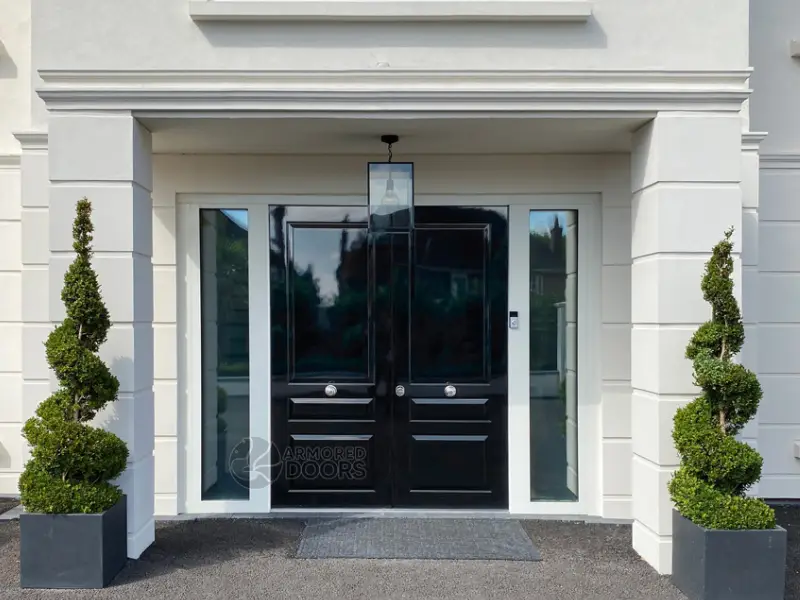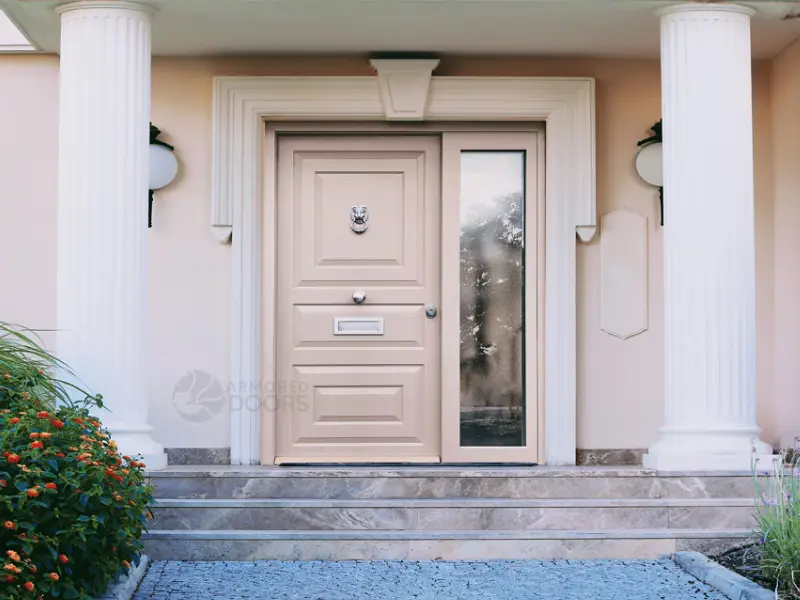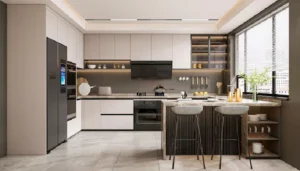Emergency Preparedness: Importance Of Residential Safe Rooms

Emergency Preparedness is a critical aspect of ensuring the safety and well-being of individuals and families during times of crisis. Among the various measures that can be taken to enhance preparedness, the concept of Residential Safe Rooms stands out as a proactive and effective strategy. These safe rooms are specially designed spaces within homes that offer protection from natural disasters such as hurricanes, tornadoes, and earthquakes, as well as human-made emergencies like intrusions or civil unrest. This essay explores the importance of Residential Safe Rooms in emergency preparedness, detailing their significance, design considerations, benefits, and integration into comprehensive home emergency plans.
Understanding Emergency Preparedness: Vital Steps For Residential Safe Rooms
Emergency preparedness encompasses a range of proactive measures aimed at minimizing risks and ensuring safety in times of crisis. Central to this preparedness are Residential Safe Rooms, which serve as fortified spaces within homes designed to provide shelter and protection during emergencies. Whether facing the fury of a natural disaster or the threat of a security breach, the existence of a well-equipped safe room can make a crucial difference in the survival and well-being of residents. Understanding the vital steps involved in preparing such safe rooms involves evaluating risks specific to the geographical location, selecting appropriate designs and materials, and ensuring accessibility and functionality under duress.

Why Residential Safe Rooms Are Essential In Crisis Management?
Residential Safe Rooms play a pivotal role in crisis management by offering a secure refuge when conventional structures fail to provide adequate protection. In disaster-prone regions, such as tornado alley in the United States or earthquake-prone areas in Asia, safe rooms are indispensable safeguards against life-threatening events. Their essential nature lies in their ability to withstand extreme forces and provide occupants with a sense of security and peace of mind during tumultuous times. Moreover, safe rooms are not only shelters during emergencies but also psychological buffers, reducing the anxiety and fear associated with disasters by offering a designated safe haven.
The Importance Of Designing Effective Residential Safe Rooms
Designing effective Residential Safe Rooms involves meticulous planning and adherence to safety standards to ensure their functionality during emergencies. Factors such as structural integrity, ventilation, communication systems, and emergency supplies must be carefully considered to optimize the safe room’s efficacy. Additionally, accessibility for all household members, including those with disabilities or special needs, is paramount in designing inclusive safe rooms. By integrating advanced engineering principles and resilient construction materials, safe rooms can withstand high winds, seismic activity, and other hazards, thereby fulfilling their critical role in protecting lives and minimizing property damage.
Securing Your Family: Benefits Of Residential Safe Rooms
The primary benefit of Residential Safe Rooms lies in their ability to secure families and individuals during emergencies, providing a refuge that shields against life-threatening situations. By investing in a safe room, homeowners enhance their readiness to face unpredictable events, thereby reducing vulnerability and potential harm. Furthermore, safe rooms contribute to community resilience by ensuring that families can remain self-sufficient and safe until external assistance arrives. This sense of security fosters peace of mind among residents, encouraging proactive emergency preparedness and strengthening community cohesion during challenging times.
Key Features To Consider When Building Residential Safe Rooms
When constructing Residential Safe Rooms, several key features must be prioritized to maximize their effectiveness and safety. Structural robustness, including reinforced walls, ceilings, and doors, is crucial for withstanding impacts from debris and extreme weather conditions. Adequate ventilation systems and backup power sources ensure air quality and functionality in prolonged emergencies. Communication devices, such as radios or cell phones, enable occupants to stay informed and request assistance if necessary. Additionally, storage provisions for emergency supplies like water, non-perishable food, and first aid kits are essential for sustaining occupants until conditions stabilize or rescue operations commence.
Ensuring Safety: Residential Safe Rooms In Disaster Planning
Integrating Residential Safe Rooms into comprehensive disaster planning enhances overall safety and preparedness for households. By identifying potential hazards and assessing risks specific to their location, homeowners can strategically position safe rooms to maximize accessibility and protection. Collaborating with local emergency management agencies ensures alignment with community response protocols and enhances coordination during crises. Regular drills and training exercises familiarize residents with safe room procedures, instilling confidence and readiness to act swiftly when emergencies arise. Ultimately, the integration of safe rooms into disaster planning reinforces a proactive approach to safeguarding lives and property.
Integrating Residential Safe Rooms Into Your Home Emergency Plan
Incorporating Residential Safe Rooms into a holistic home emergency plan enhances overall preparedness and resilience against unforeseen events. By outlining evacuation routes, emergency contacts, and communication strategies, households can effectively utilize safe rooms as a last resort during emergencies. Educating family members about safe room protocols and practicing emergency drills reinforces preparedness and reduces response time in critical situations. Moreover, maintaining regular maintenance and inspections of safe rooms ensures their operational readiness and longevity, safeguarding their effectiveness when needed most.
Conclusion
Residential Safe Rooms are indispensable components of effective emergency preparedness strategies, offering secure shelters during crises ranging from natural disasters to security threats. By prioritizing robust design, accessibility, and integration into comprehensive emergency plans, safe rooms contribute significantly to safeguarding lives and minimizing damage. Their role in crisis management extends beyond physical protection to psychological reassurance, fostering resilience and community cohesion in the face of adversity. As homeowners and communities continue to prioritize safety and preparedness, the importance of Residential Safe Rooms remains paramount in mitigating risks and ensuring the well-being of residents worldwide.







